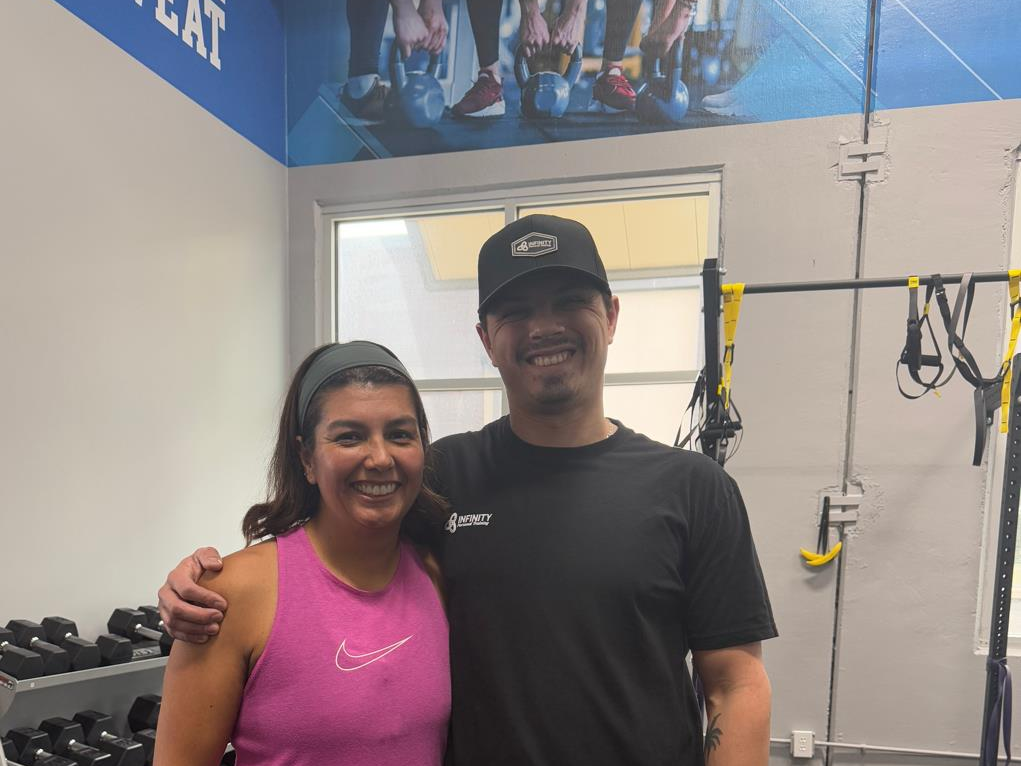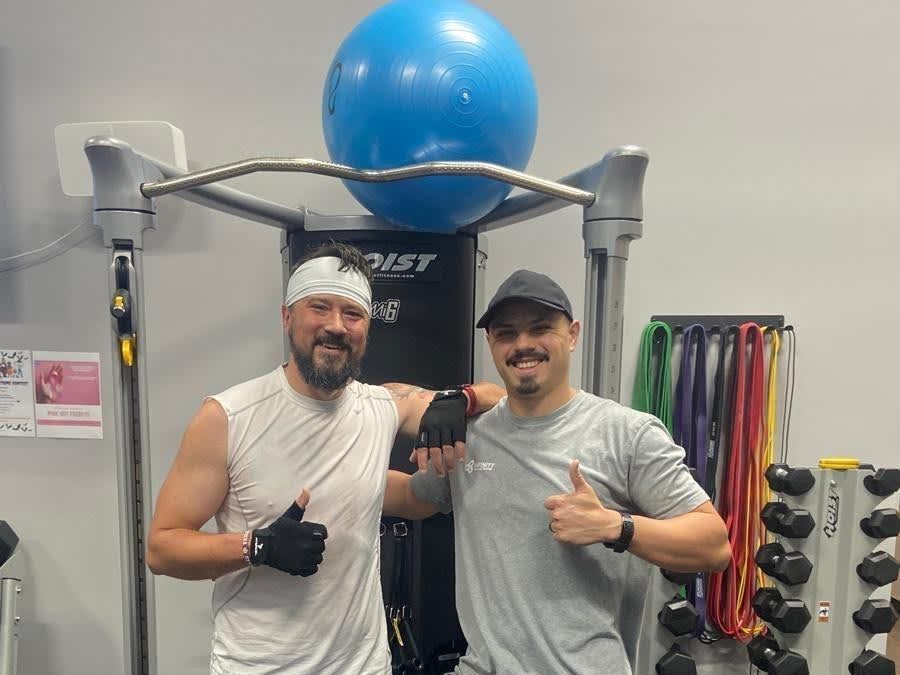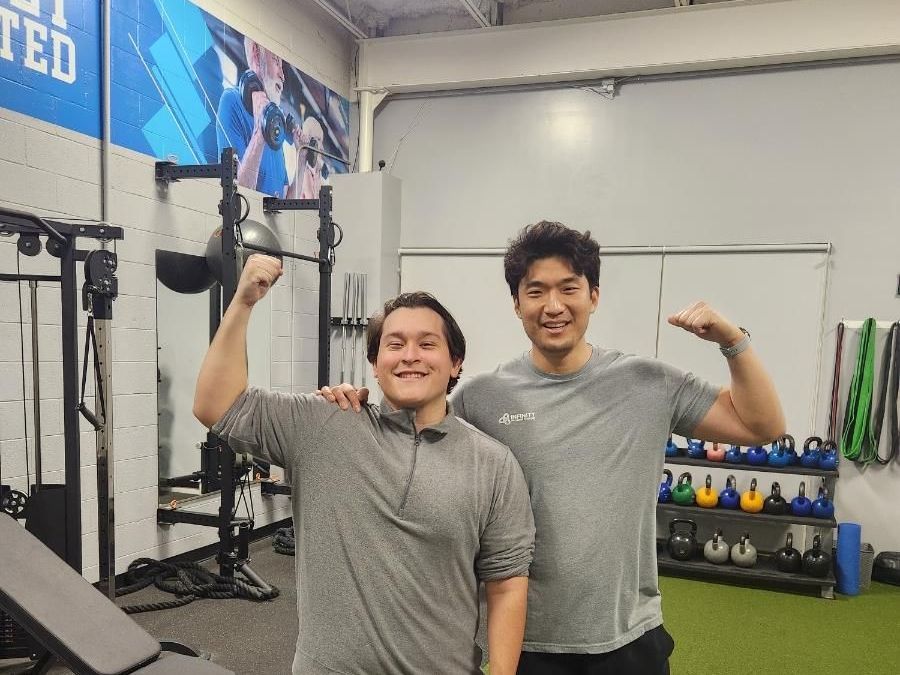(Guest Post) How to Make Working Out a Habit For Life
There is a huge problem in the fitness industry that bugs me.
Everything is made out to be extreme and we are taught that punishing ourselves is the only way.
Turn on the tv and you see a Reebok commercial with an extreme exercise montage that always ends in people lying on their back, gasping for air.
Flip open a magazine or surf the web and you are bound to see images of elite athletes, juiced up bodybuilders and models.
Thumb around social media and you are sure to see everyone’s max lifts, bloody hand’s and exhausted expressions.
#beastmode
While this is great motivation and exciting…
… it is also not very sustainable for those of us with lives.
This all or nothing approach leads to a lot of burnout, injuries, and layoffs.
Most people never even string a year together of consistent training, let alone a lifetime!
After enough starts and stops, we start to look at fitness negatively. It becomes an energy vampire as opposed to something that gives us energy.
I don’t know about you, but I really just want to:
- feel good in a bathing suit
- get a thumbs up from the doctor
- feel strong & fit
- have more energy to focus on work, relationships and fun shizz.
I have no desire to commit the 2-4 hours a day and proper recovery needed to break powerlifting world records, win a spartan race, compete in the CrossFit games or wear a thong on stage.
Dedicating an hour a day to myself and leaving my workouts energized and is what I am after.
Do you feel the same way, but outcasted by all the fitness cults, commercials, memes and hashtags?
Luckily, it is quite all right to feel that way if sustainability is important to you.
82% of people that try to get in the habit of working out end up quitting. That’s right, only 18% even make it a year.
So why are we pushing so hard only to just eventually quit?
It isn’t our fault. We just do what we see in the commercials. Then when we start to feel like we are casting for walking dead and can’t make it through another week of workouts that seem to be getting us ready to be a navy seal…
We give up.
Know Why You Are Training
This is step one that we get wrong. If you aren’t planning to be a navy seal, then don’t train like one. If you want to establish the habit of daily fitness so you can look and feel better with more energy in your day for your work and the people you care about…
Then tone it down.
Back in the day, the problem used to be no one trained hard enough. They would go to the gym, ride the elliptical while watching TV, then sit in the sauna.
Now we turn every workout into a knockdown, drag-out fight to the death. We start tying what we perceive as the “success” of the workout to how depleted we feel afterward.
When in fact, the answer lies in the middle.
Moderation people.
We want to push enough to progress over time, but not so much that it starts to add too much stress to hinder our ability to completely recover.
The great thing about all this is that by focusing on small improvements and getting more energy from your workouts, you can actually get in BETTER shape than you imagined.
I have been training this way for 10+ years and have managed to achieve and maintain 8% bodyfat, 47″ box jump, 2.5 x bodyweight deadlift, 20+ chinup’s, sub 6-minute mile run, and all the party tricks like: handstand walking, handstand pushups, pistol squats, etc.
The key to all this is the fact that I have been training 10+ years and by training more moderate I have avoided injuries and burn-outs. Leaving me to focus on being consistent and incremental improvements.
More than half the battle is showing up over the long haul.
What To Do
The key is to stop looking for some life changing moment out of each workout and focus on establishing the habit of working out consistently. Get your kicks from showing up and making that time for yourself.
90% of your workouts should end with you feeling better than before you started. Once a week for 20-30 minutes feel free to challenge yourself or push hard into that “feel the burn” place… but there is no need for more. It just becomes detrimental to your ability to recover and if your goal is fat loss or maintaining a lean physique it is not necessary.
Set benchmarks, goals and events that you can train for and test yourself on a few scheduled days per year.
Don’t make every workout the test.
Maybe you want to run a 5k in a certain time, lift a certain amount of weight, do a cool bodyweight exercise or dominate a 5oom row.
Great!
Pick a realistic time frame to achieve it and then actually TRAIN for it.
99% of fitness goals are easier achieved when you have these 3 things:
- Healthy Body Fat % ( Guys: 7-15% Ladies: 18-25%)
- Good Relative Strength- The amount of strength to body size
- Big Aerobic Base- Roughly 85% of your cardio comes from this energy system.
In a nutshell: get lean, get strong, build endurance and you will pretty much be able to do anything you want.
Get Lean:
- Focus on proper nutrition habits. Lean protein with each meal, tons of veggies, and a proper amount of carbs.
- Build muscle
Get Strong:
- Master the basics by building a good foundation of movement with pressing, pulling, squatting and deadlifting. Slowly add weight once you can do things correctly. It is best to start too light and gradually increase reps and weight over time.
- Eat enough high-quality foods to recover.
Build Endurance:
- Train your aerobic base by having 80% of your conditioning in-between 120-150 BPM. This will feel relatively easy and always leave you feeling fresh and like you could have done more. This is a good thing. The better your base is the more you will get out of high-intensity work.
- Walking, Running, biking, or rowing are your best options. Circuit training and “loaded” conditioning exercises are second tier.
A simple, effective week to establish a lifetime workout habit could look like this:
*all workouts take 45min to 1 hour max.
Monday: Upper Body Strength
Tuesday: Mobility work, 30-60 min aerobic conditioning
Wednesday: Lower Body Strength
Thursday: Mobility work, 30-60 min aerobic conditioning
Friday: Upper Body Strength, 20 min interval circuit or Conditioning Challenge
Saturday: Rest or Yoga or 30-60 min aerobic conditioning
Sunday: Rest
Have you experienced burnout, numerous injuries, and just no desire to workout at times?
Gary Deagle
Source: http://www.garydeagle.com/how-to-make-working-out-habit/
You might also like





